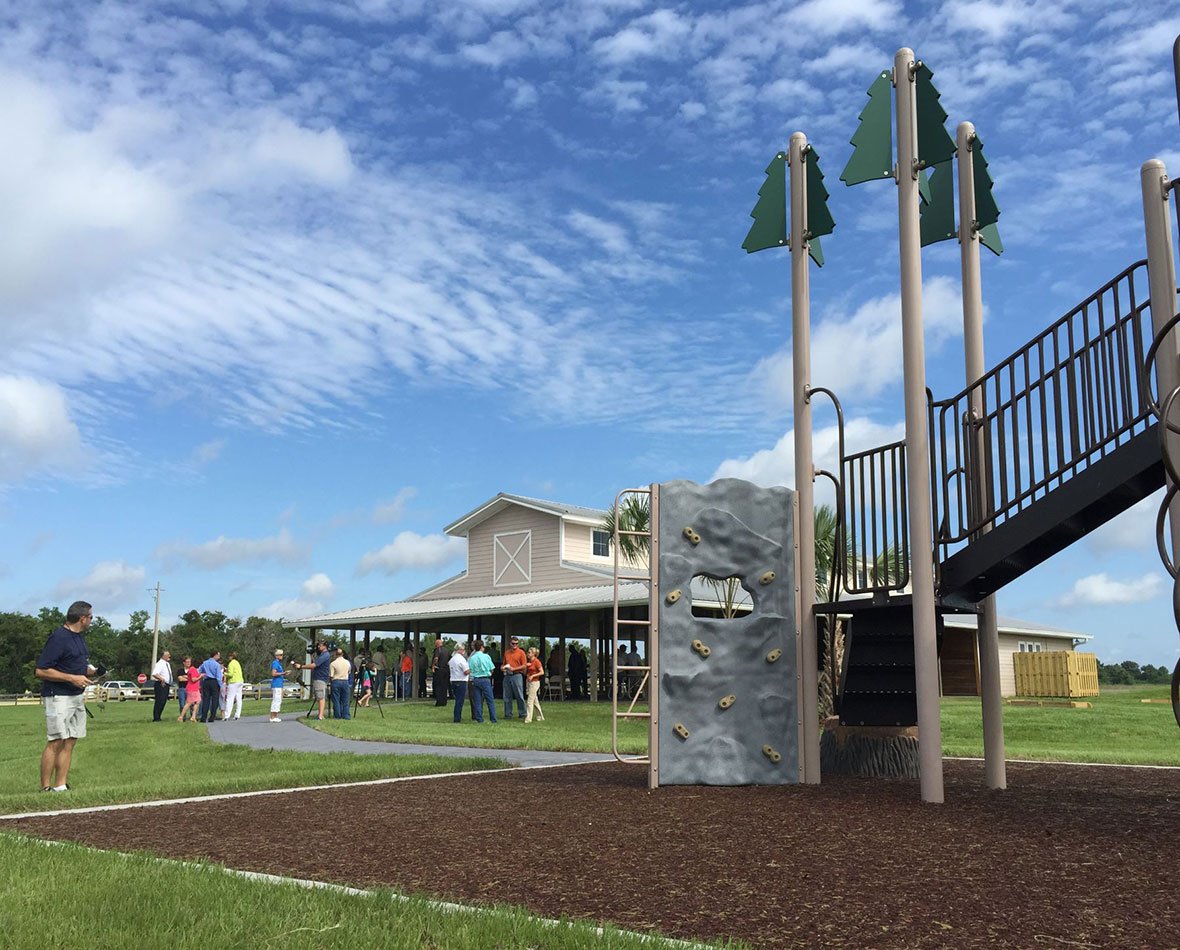ESA is pleased to sponsor, attend, and present at this year’s AEP California State Conference...

Osceola County Land Management
Osceola County owns about 8,000 acres of park properties where visitors hike, bike, kayak, canoe, enjoy boat ramp access to some of the nation’s best bass fishing lakes, and experience unparalleled wildlife viewing and camping opportunities. Proper planning and management is critical for protecting both the quality of these assets and the experience within them.
Why does this project matter?
The Osceola County Environmental Lands Conservation Program acquires and manages environmentally significant lands with a voter-endorsed ad valorem funding source. With this funding, the County could issue bonds to purchase nearly 3,300 acres of land for water resource protection, wildlife habitat, public green space, and resource-based passive recreation.
What is ESA doing to help?
ESA develops and implements land management plans (LMPs) for the County’s acquired conservation lands and passive park areas. These plans document existing site conditions, outline desired future conditions, and develop long-term management goals and objectives specific to each property.
They also address the existing and desired future conditions with respect to fire cycle, vegetative diversity, wildlife abundance and habitat, hydrologic restoration, nuisance and exotic species control, and public access and passive recreation.
Once LMPs are approved, ESA assists the County with necessary public involvement, regulatory permitting, mitigation, habitat restoration, nuisance species management, prescribed fire, maintenance, monitoring, reporting, and coordination for all project sites. ESA also provides planning, permitting, compliance management, restoration, mitigation, and other services at parks and conservation areas across the county.
Specifically, at the 400-acre Twin Oaks Conservation Area, ESA restored the natural areas, including pedestrian and equestrian trails, a non-motorized vessel launch, fishing piers, trails and wildlife observation areas. The project also involves development of a wetland restoration plan and hydrologic modeling and regulatory support for the development of a wetland mitigation bank.
Other sites ESA has developed include Makinson Island Conservation Area, Chisholm Park, Overstreet Landing, Shingle Creek Regional Park, Camp Lonesome Ranch Conservation Area, Holopaw Conservation Area, and others.
Connect with our team

Similar Projects
News & Ideas
The Federal Aviation Administration’s (FAA’s) Title 14 Part 150 process has been the main framework...
Join ESA’s team of federal permitting and National Environmental Policy Act (NEPA) experts as they...
Across the country, civic and business leaders are looking for ways to increase the quality...
ESA is pleased to announce that it has acquired 48 North Solutions, Inc. (48 NORTH)....
ESA is pleased to sponsor, present, and attend this year’s National HCP Coalition 10th Annual...








